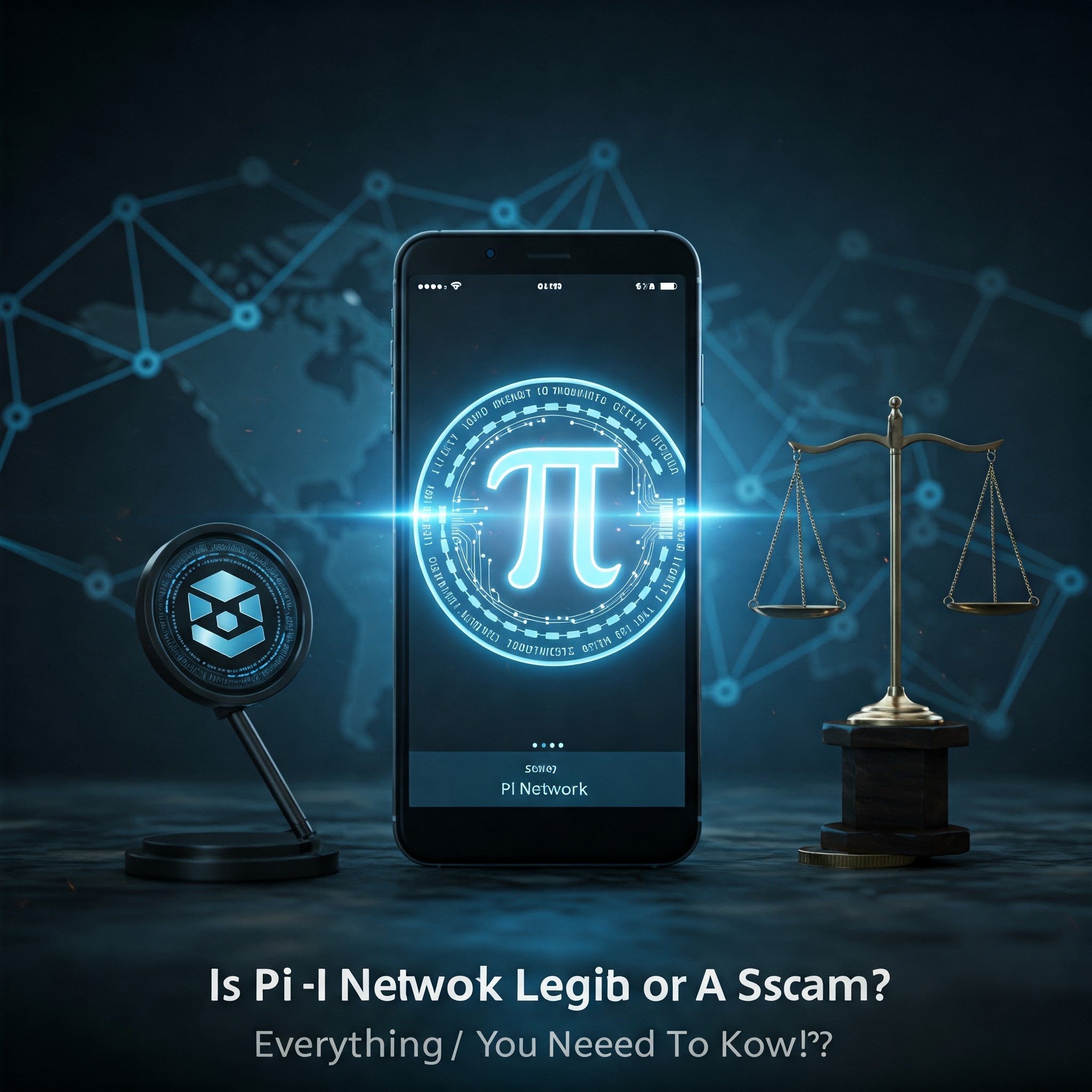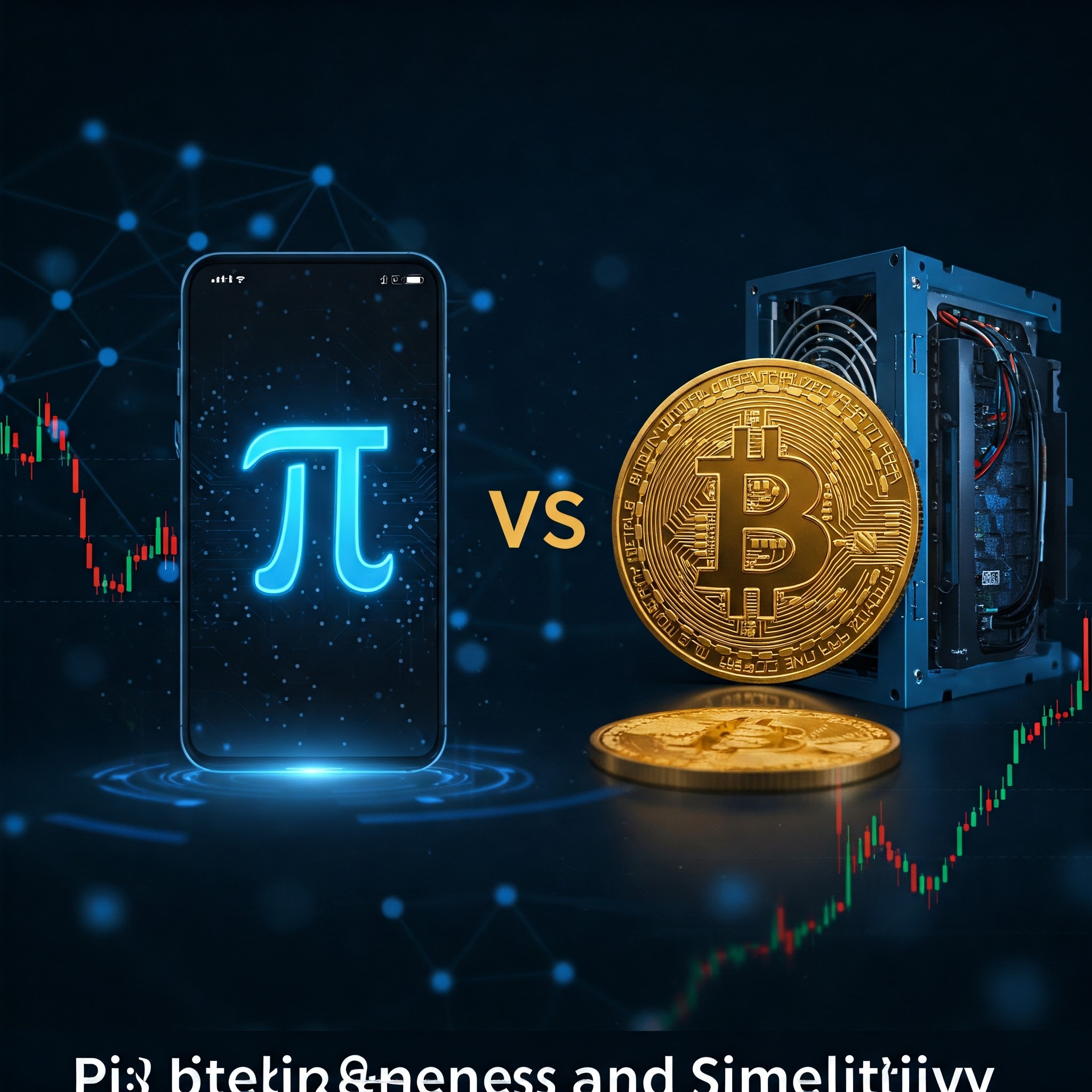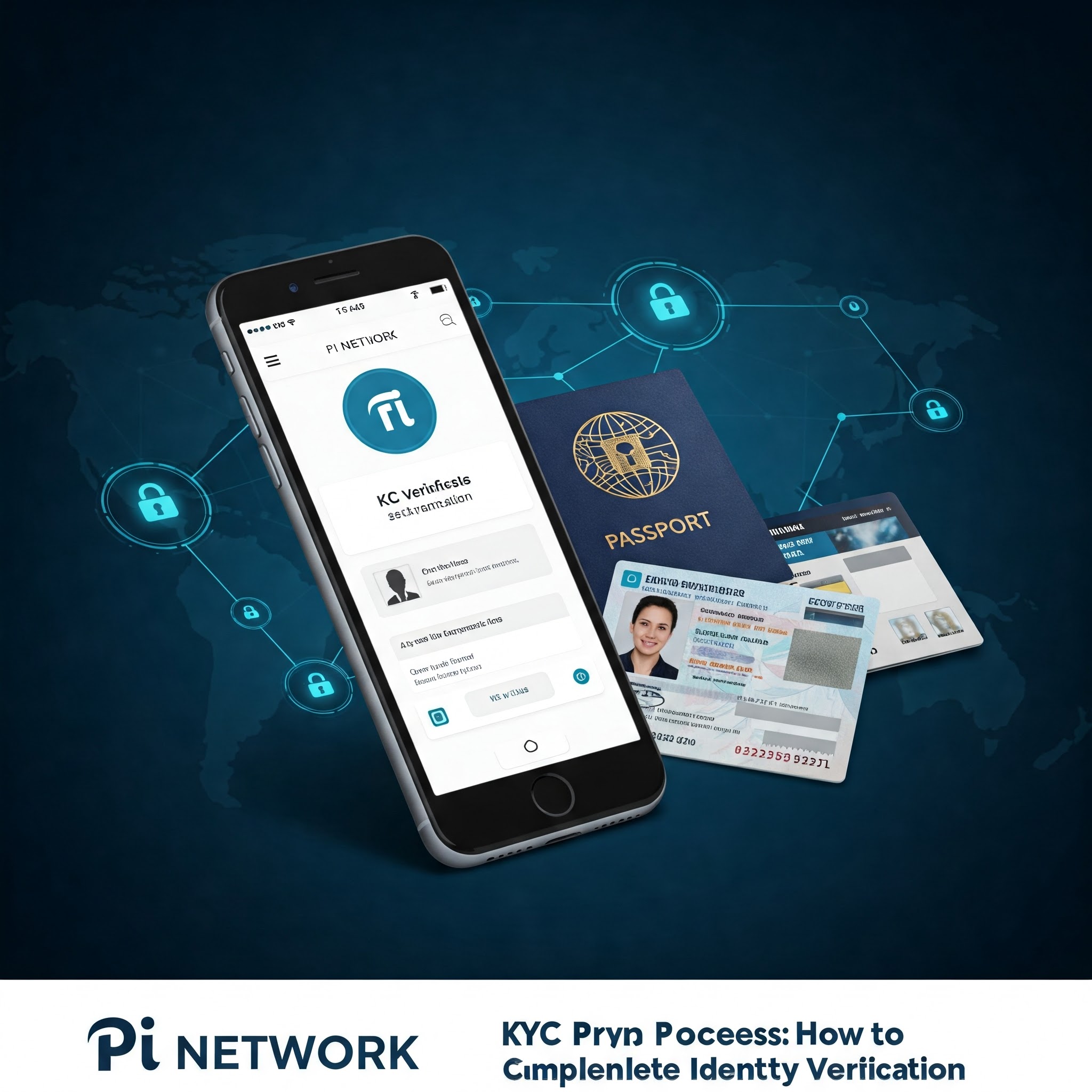1. Introduction
- Briefly introduce Pi Network and its unique approach to cryptocurrency (mobile mining, user-friendly design).
- Address the skepticism surrounding Pi Network and the question: Is Pi Network legit or a scam?
2. What is Pi Network?
- Explain the basics of Pi Network: how it works, its purpose, and its current status (testnet phase, not yet tradable on major exchanges).
- Highlight its mission to create a decentralized and accessible cryptocurrency.
3. How Pi Network Works
- Describe the mining process: how users can mine Pi coins using their smartphones.
- Explain the role of the Pi Network app, security circles, and the referral system.
4. Arguments Supporting Pi Network’s Legitimacy
- Transparency: The Pi Network team is led by Stanford graduates and has a clear roadmap.
- Growing User Base: Millions of users worldwide are actively mining Pi coins.
- No Financial Risk: Users don’t need to invest money to mine Pi coins.
- Technological Foundation: Pi Network uses a consensus algorithm (Stellar Consensus Protocol) that is proven and secure.
Table 1: Arguments Supporting Pi Network’s Legitimacy
| Argument | Explanation |
|---|---|
| Transparency | The team is open about their goals and progress. |
| Growing User Base | Millions of users are actively mining Pi coins, indicating trust in the project. |
| No Financial Risk | Users don’t need to invest money, reducing the risk of scams. |
| Technological Foundation | Uses the Stellar Consensus Protocol, a proven and secure algorithm. |
5. Concerns and Red Flags
- No Tradable Value: Pi coins are not yet tradable on major exchanges, raising questions about their real-world value.
- Centralized Control: The Pi Network team has significant control over the project during its early stages.
- Lack of Clear Utility: The real-world use cases for Pi coins are still unclear.
- Skepticism from Crypto Experts: Some experts question the feasibility of Pi Network’s goals.
Table 2: Concerns and Red Flags About Pi Network
| Concern | Explanation |
|---|---|
| No Tradable Value | Pi coins cannot be traded or sold, raising doubts about their real-world value. |
| Centralized Control | The team has significant control, which contradicts the decentralized nature of crypto. |
| Lack of Clear Utility | The practical use cases for Pi coins are still undefined. |
| Skepticism from Experts | Some crypto experts question the project’s long-term viability. |
6. Pi Network vs. Known Scams
- Compare Pi Network to known cryptocurrency scams (e.g., BitConnect, OneCoin).
- Highlight the differences: Pi Network doesn’t ask for money, has a transparent team, and focuses on building a long-term project.
Table 3: Pi Network vs. Known Scams
| Aspect | Pi Network | Known Scams (e.g., BitConnect) |
|---|---|---|
| Financial Investment | No money required to mine Pi coins. | Required users to invest money upfront. |
| Transparency | Clear roadmap and team information available. | Often lacked transparency about team and goals. |
| Technology | Uses Stellar Consensus Protocol, a proven algorithm. | Relied on vague or non-existent technology. |
| User Base | Millions of active users. | Often had inflated or fake user numbers. |
7. How to Protect Yourself
- Tips for users to stay safe while engaging with Pi Network:
- Avoid sharing sensitive personal information.
- Be cautious of third-party apps or websites claiming to sell Pi coins.
- Stay updated on official Pi Network announcements.
8. Conclusion
- Summarize the key points and provide a balanced perspective on Pi Network’s legitimacy.
- Encourage readers to do their own research and exercise caution.
9. FAQs
- Is Pi Network safe to use?
- Can I sell Pi coins in 2025?
- What are the risks of mining Pi coins?
- How does Pi Network make money?




